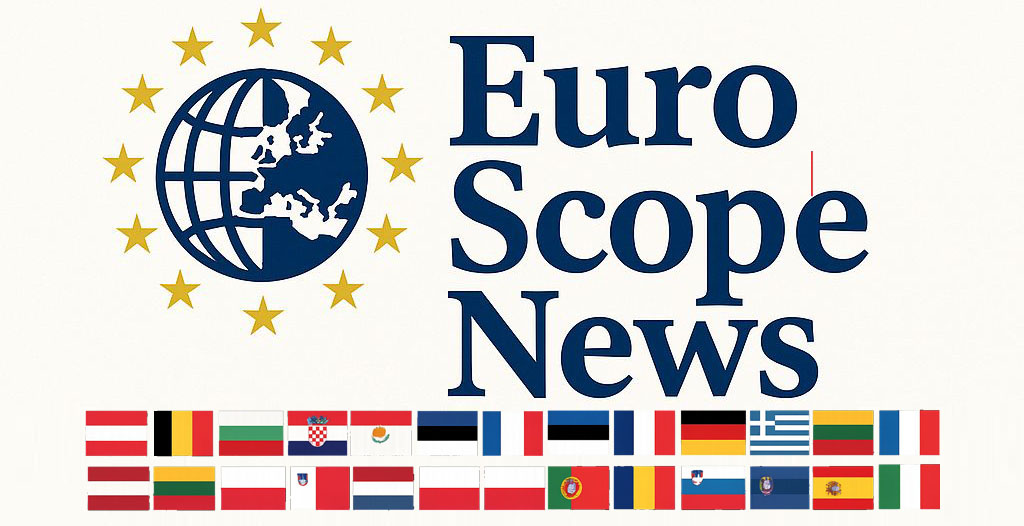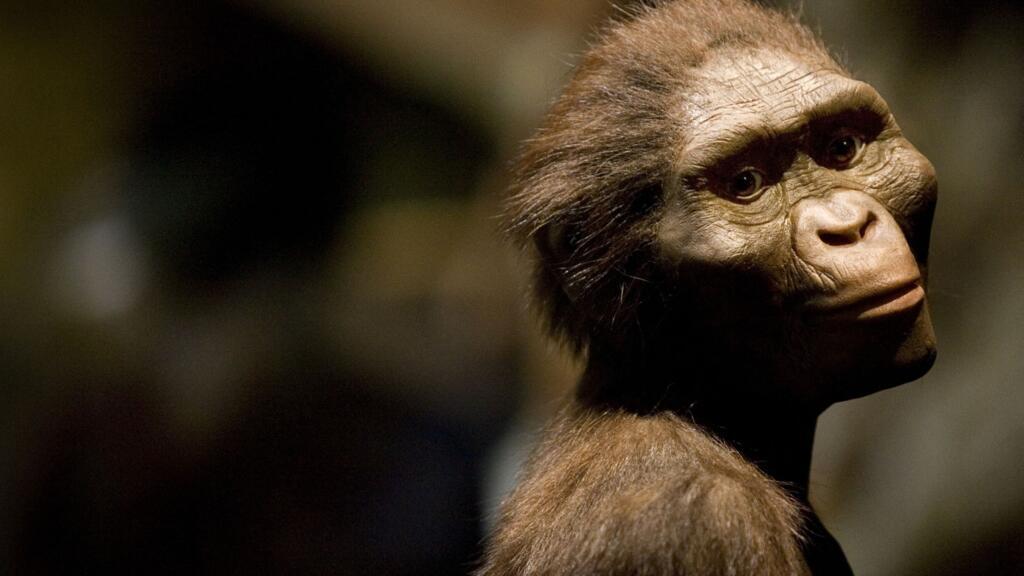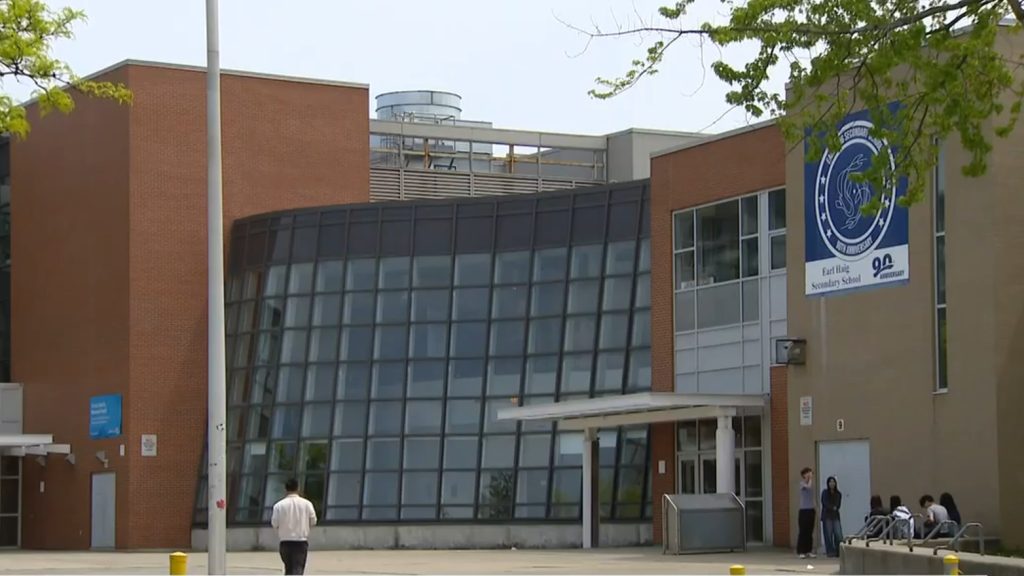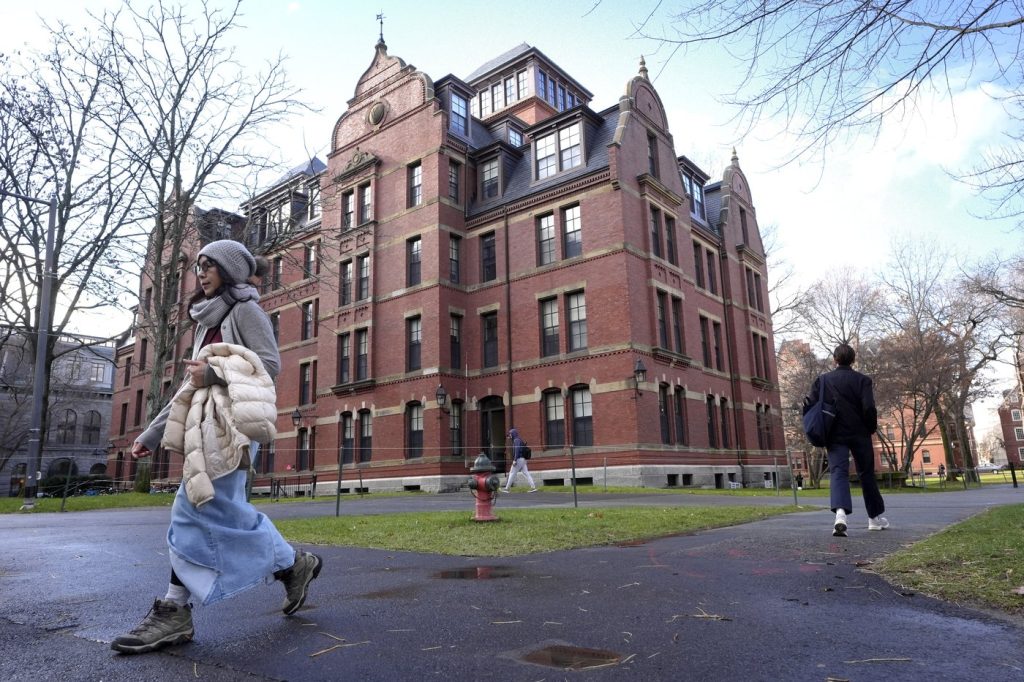The ancient remains of a human ancestor known as Lucy are currently on display in Prague as part of the exhibition titled "People and their Ancestors." This significant event marks the first time that these fossils have been exhibited in Europe. Lucy, who is estimated to have lived approximately 3.18 million years ago, has become an iconic figure in the field of paleoanthropology due to her well-preserved remains, which have provided invaluable insights into early human evolution.
The display, which will run for a duration of 60 days, has attracted attention from researchers, historians, and the general public alike. Lucy's fossils were lent to the exhibition by Ethiopia's National Museum, located in Addis Ababa. The significance of this exhibition goes beyond just showcasing Lucy; it aims to explore the broader narrative of human evolution and our connections with our distant ancestors.
Lucy, scientifically classified as Australopithecus afarensis, was discovered in 1974 in the Afar region of Ethiopia. Her skeleton represents about 40% of a complete hominid skeleton, a remarkable find that has helped researchers understand not only the physical characteristics of early humans but also their gait and lifestyle. The fossils have revealed that Lucy walked upright, a trait that is a defining characteristic of humans and their ancestors. This aspect of her discovery has opened up discussions about the evolutionary adaptations that led to bipedalism.
The exhibition in Prague is designed to engage visitors of all ages. It uses a combination of detailed displays, multimedia presentations, and interactive installations to educate attendees about Lucy and her significance in human history. This approach not only serves to inform but also aims to spark curiosity about our evolutionary past. Additionally, the exhibition includes other fossil replicas and exhibits related to human ancestry, providing a comprehensive overview of the timeline of human evolution.
Notably, the arrival of Lucy's fossils in Europe is a remarkable achievement for both the exhibiting institution and Ethiopia's National Museum. Such high-profile displays can foster international collaboration in the fields of anthropology and archaeology, enabling a broader understanding of the academic and cultural importance of these findings. They also highlight the importance of preserving such fossils, as they are invaluable pieces of the puzzle that is human origin.
Visitors to the exhibition in Prague have the unique opportunity to witness a tangible connection to their ancestry. As science continues to evolve, more discoveries may be made that add to our understanding of human evolution. The insights gained from Lucy’s remains have significantly shaped contemporary perspectives on how early hominins adapted to their environments and what that means for the future of human evolution.
In conclusion, Lucy's display in Prague not only serves to educate the public but also reinforces the importance of preserving historical and scientific artifacts for future generations. As researchers continue to study and learn from fossils such as those of Lucy, our understanding of human ancestry will undoubtedly continue to grow, bringing new elements to the ongoing narrative of who we are as a species.
```











